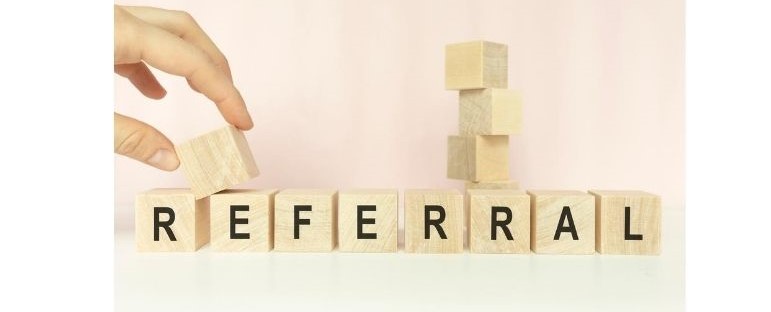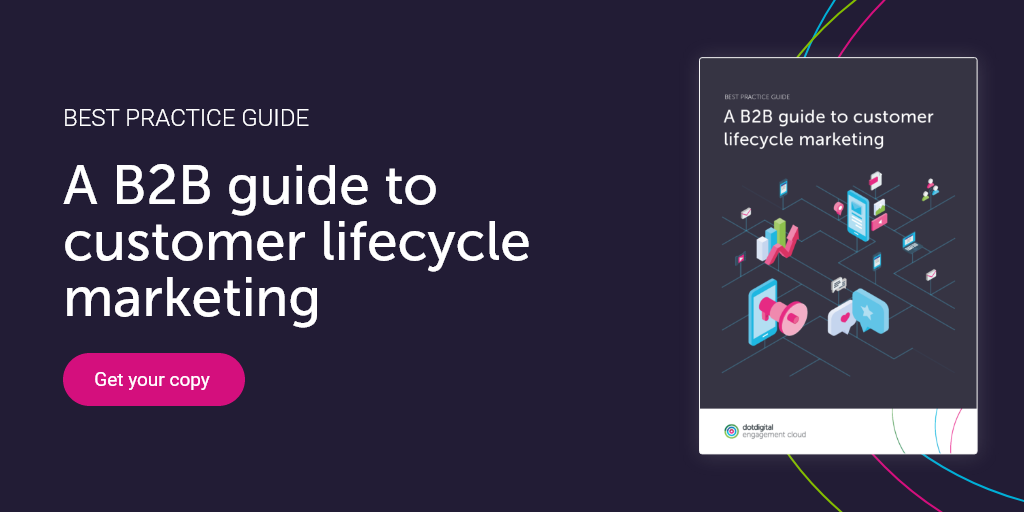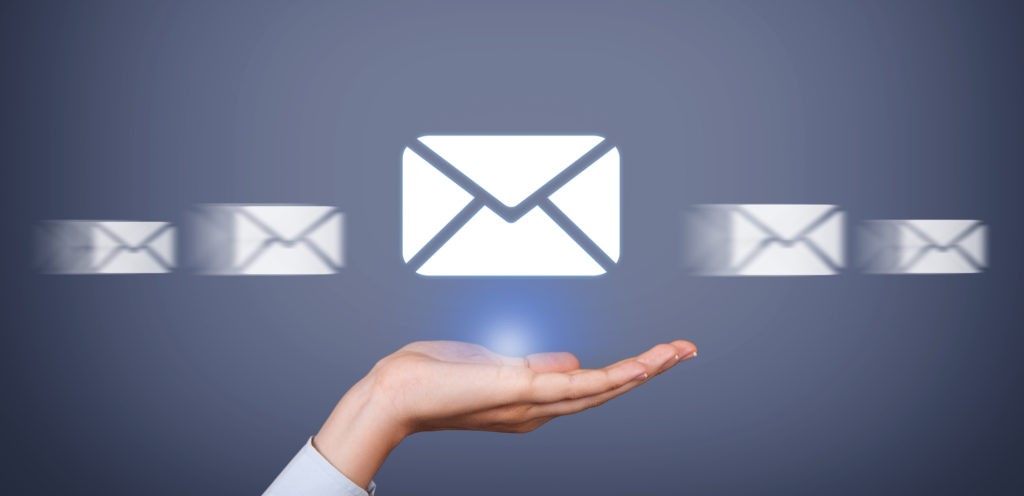B2B marketing to existing clients


B2B marketers often focus so much on customer acquisition, that they forget about the customers they already have. It’s five times more expensive to attract a new customer than to keep an existing one. And with our efforts consumed with winning new customers, it can be easy to forget that current customers need attention too.
Over 70% of B2B customers are ready and willing to take their business elsewhere, so it’s essential B2B marketers work to keep existing clients engaged. We have six top tips that will help boost your customer retention.
1. Meet customers’ needs
First, it’s important to know what your customers want and expect from their relationship with you. Getting them to update their marketing preferences will ensure you’re meeting their needs.
When you know what your customers are after, you can set up automated drip campaigns to nurture your leads and keep them engaged. For example, if your product offering is a time management tool, ask customers what they’re hoping to overcome using the platform. Once you have this data, you can enroll them onto an automation program that gradually reveals hints and tricks about how to overcome their challenges and achieve their goals.
Two-way data syncs between your automation platform and CRM mean that customers can update their preferences frequently and still receive only the email marketing content relevant to their needs.
2. Renewals, replenishment, and re-engagement
There are some key stages in the B2B customer lifecycle that need to be automated to ensure they’re not missed.
The most important of these comes towards the end of the customer’s first cycle with you; when their subscription is up for renewal, products need replenishing or are on the verge of lapsing. Integrating with your CRM or ecommerce store is essential for these automation programs.
Renewal and replenishment programs should be built to trigger in a timely manner. If you offer annual subscriptions to a service, a reminder three months before the renewal date gives you clients time to act. If you sell bulk goods to businesses, you should have a clear idea of when they’re likely to be running low on stock. A well-timed prompt to re-stock will help drive the actions you need.
Both automation programs are fantastic opportunities to boost revenue with a cross-selling campaign. In your first email, you can include more products or services after your main CTA to renew or replenish. Or, you can incorporate an upselling campaign in the second or third stage of your program.
This is particularly useful when clients aren’t engaging with your initial emails. By offering alternative options you’re giving them a reason to remain with your brand, as they already know and trust your business.
Re-engagement campaigns work in a similar way, reaching out to bring customers back into the fold. These can be set-up to trigger when a client hasn’t opened or interacted with your brand for a couple of months.

3. Connected experiences
Whether you’re customer-centric, customer first, improving customer experience, or dedicated to customer success, there’s no doubt we’re living in the age of the customer. This is why it’s more important than ever to deliver a consistent, seamless customer journey.
Wherever your customers reach you, you need that every experience is of the same high quality. This means developing a strong omnichannel strategy. An omnichannel strategy guarantees that every channel conveys the same brand message. It also ensures that all your channels are talking to each other.
So, if a customer starts their journey on mobile, they can continue on a desktop. If they encounter a problem, they’ll receive unbeatable customer service via live chat as your customer service agents will have all the information in one place. By delivering connected customer experiences, customers have more reason to stay loyal to your brand.
4. Learn and adapt
Feedback and reviews are essential for business growth, but they’re also a great tool for customer retention.
Show your clients you value their opinions by acting and learning from their feedback and customer reviews. Customers who feel valued by a brand are in no hurry to leave, making them as invested in your success as you are. Requesting feedback on services or reviews on products via email automation is vital to keep your growth plans.
Don’t dismiss or ignore customer complaints. These hold the key to developing your brand to be one that customers never want to leave.

5. Reward customer loyalty
When a customer is loyal, retaining them is significantly easier. But how do we create a brand they want to be loyal to?
We’ve already discussed how connected experiences and learning from feedback can bolster customer retention, but rewards cannot be forgotten. Whether it’s the occasional freebie thanking them for their business or a tiered program where customers accumulate points and rewards, there are all kinds of ways you can repay loyalty.
Loyalty programs boost engagement and give clients a reason to keep doing business with you.
6. Turn customers into advocates
Your customers are the most powerful acquisition tool you have. Take advantage of your loyal customer base by encouraging them to share on social, speak at events, and contribute to your content. By incentivizing a referral program, you’re once again giving your customer a reason to stay while growing your customer base.
When combined with a point-based loyalty program where customers earn points for every referral they make you’re building a stronger community.

Customer retention it the key to growth
Without customer retention, your customers are going to become bored and disinterested in your brand. Ultimately, they’ll look elsewhere and take their business to one of your competitors without a solid customer retention strategy in place.
Increasing customer retention by 5% can increase profits by between 25% and 95%. Retention should be a top priority for every B2B brand looking to grow.



